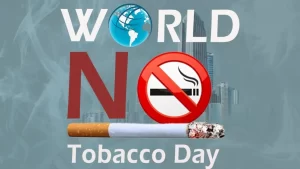 Act together to build a positive safety and health culture
Act together to build a positive safety and health culture
Throughout the COVID-19 pandemic, we have seen that having a strong OSH system, which includes meaningful participation of governments, employers, workers, public health actors and all relevant parties at the national and enterprise level, has been crucial in protecting working environments and safeguarding the safety and health of workers.
As we continue to live through a global health crisis and face ongoing OSH risks in the world of work, we must continue to move toward building a strong safety and health culture at all levels.
Background
In 2003, the International Labour Organization (ILO), began to observe World Day in order to stress the prevention of accidents and diseases at work, capitalizing on the ILO’s traditional strengths of tripartism and social dialogue.
This celebration is an integral part of the Global Strategy on Occupational Safety and Health of the ILO, as documented in the Conclusions of the International Labour Conference in June 2003. One of the main pillars of the Global Strategy is advocacy, the World Day for Safety and Health at Work is a significant tool to raise awareness of how to make work safe and healthy and of the need to raise the political profile of occupational safety and health.
28 April is also the International Commemoration Day for Dead and Injured Workers organized worldwide by the trade union movement since 1996.
Prevention of occupational accidents and diseases
The annual World Day for Safety and Health at Work on 28 April promotes the prevention of occupational accidents and diseases globally. It is an awareness-raising campaign intended to focus international attention on the magnitude of the problem and on how promoting and creating a safety and health culture can help reduce the number of work-related deaths and injuries.
Each of us is responsible for stopping deaths and injuries on the job. As governments we are responsible for providing the infrastructure — laws and services — necessary to ensure that workers remain employable and that enterprises flourish; this includes the development of a national policy and programme and a system of inspection to enforce compliance with occupational safety and health legislation and policy. As employers we are responsible for ensuring that the working environment is safe and healthy. As workers we are responsible to work safely and to protect ourselves and not to endanger others, to know our rights and to participate in the implementation of preventive measures.
Emerging risks at work
New and emerging occupational risks may be caused by technical innovation or by social or organizational change, such as:
- New technologies and production processes, e.g. nanotechnology, biotechnology
- New working conditions, e.g. higher workloads, work intensification from downsizing, poor conditions associated with migration for work, jobs in the informal economy
- Emerging forms of employment, e.g. self-employment, outsourcing, temporary contracts
They may be more widely recognized through better scientific understanding, e.g. the effects of ergonomic risks on musculoskeletal disorders.
They may be influenced by changes in perceptions about the importance of certain risk factors, e.g. the effects of psychosocial factors on work-related stress.
Source: Text (summary): UN Image: ilo.org


 International Chefs Day is celebrated each year on October 20th. The day focuses on educating kids around the world about eating healthy. It’s also a day for chefs to pass on their knowledge and skills to the next generation of chefs.
International Chefs Day is celebrated each year on October 20th. The day focuses on educating kids around the world about eating healthy. It’s also a day for chefs to pass on their knowledge and skills to the next generation of chefs.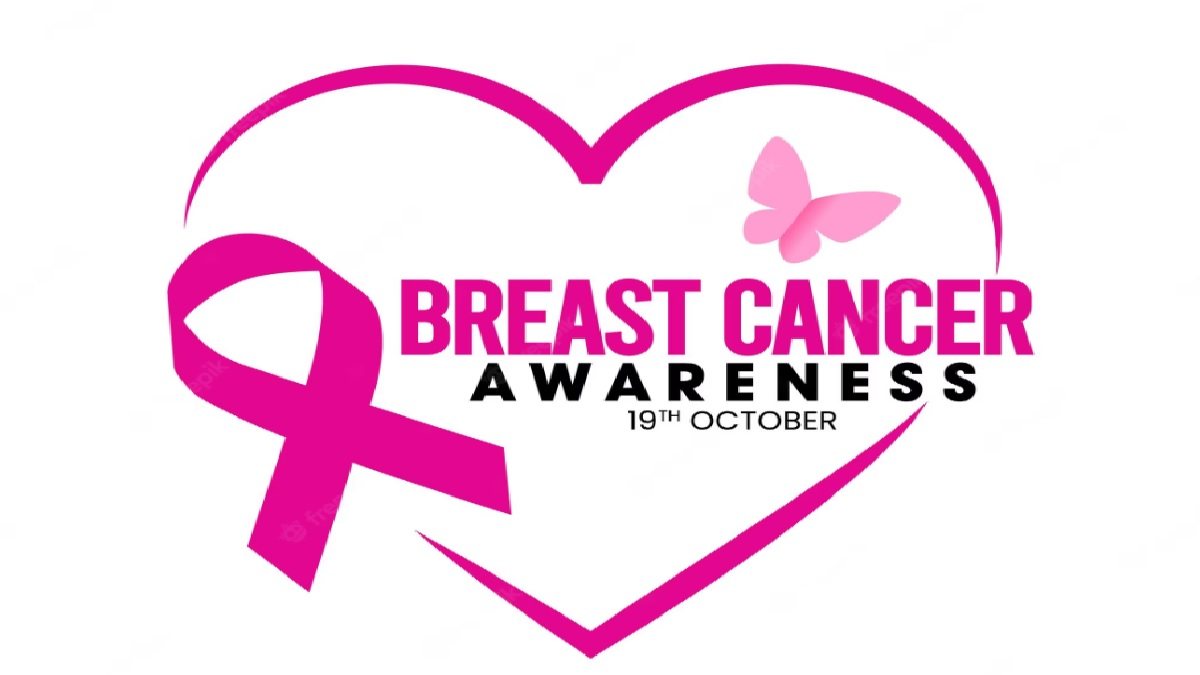
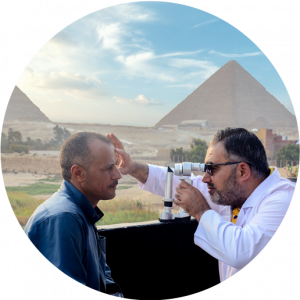 World Sight Day is on Thursday 13 October 2022 and we are focusing the world’s attention on the importance of eye care.
World Sight Day is on Thursday 13 October 2022 and we are focusing the world’s attention on the importance of eye care.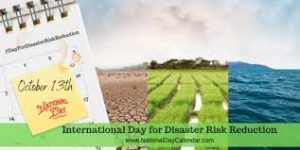 International Day for Disaster Risk Reduction is observed on October 13 every year. The day is a chance to recognize the progress made in addressing vulnerability to disasters and the loss of lives, economies, and health. Every year, the day honors people and communities all over the world who are working to reduce their vulnerability to disasters and raise awareness about the urgency of lowering the dangers they face. Disaster resilience in response to catastrophic weather events and other natural and man-made disasters requires international cooperation in the form of Official Development Aid (ODA) as well as capacity building.
International Day for Disaster Risk Reduction is observed on October 13 every year. The day is a chance to recognize the progress made in addressing vulnerability to disasters and the loss of lives, economies, and health. Every year, the day honors people and communities all over the world who are working to reduce their vulnerability to disasters and raise awareness about the urgency of lowering the dangers they face. Disaster resilience in response to catastrophic weather events and other natural and man-made disasters requires international cooperation in the form of Official Development Aid (ODA) as well as capacity building.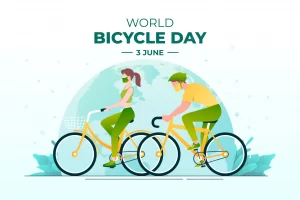
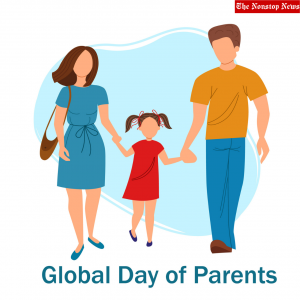 Appreciate All Parents Throughout the World
Appreciate All Parents Throughout the World